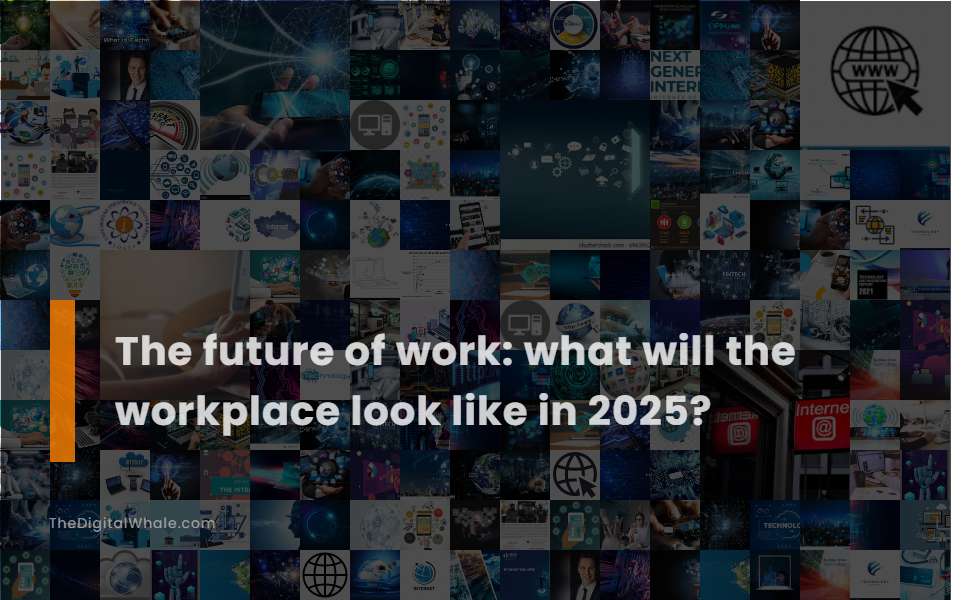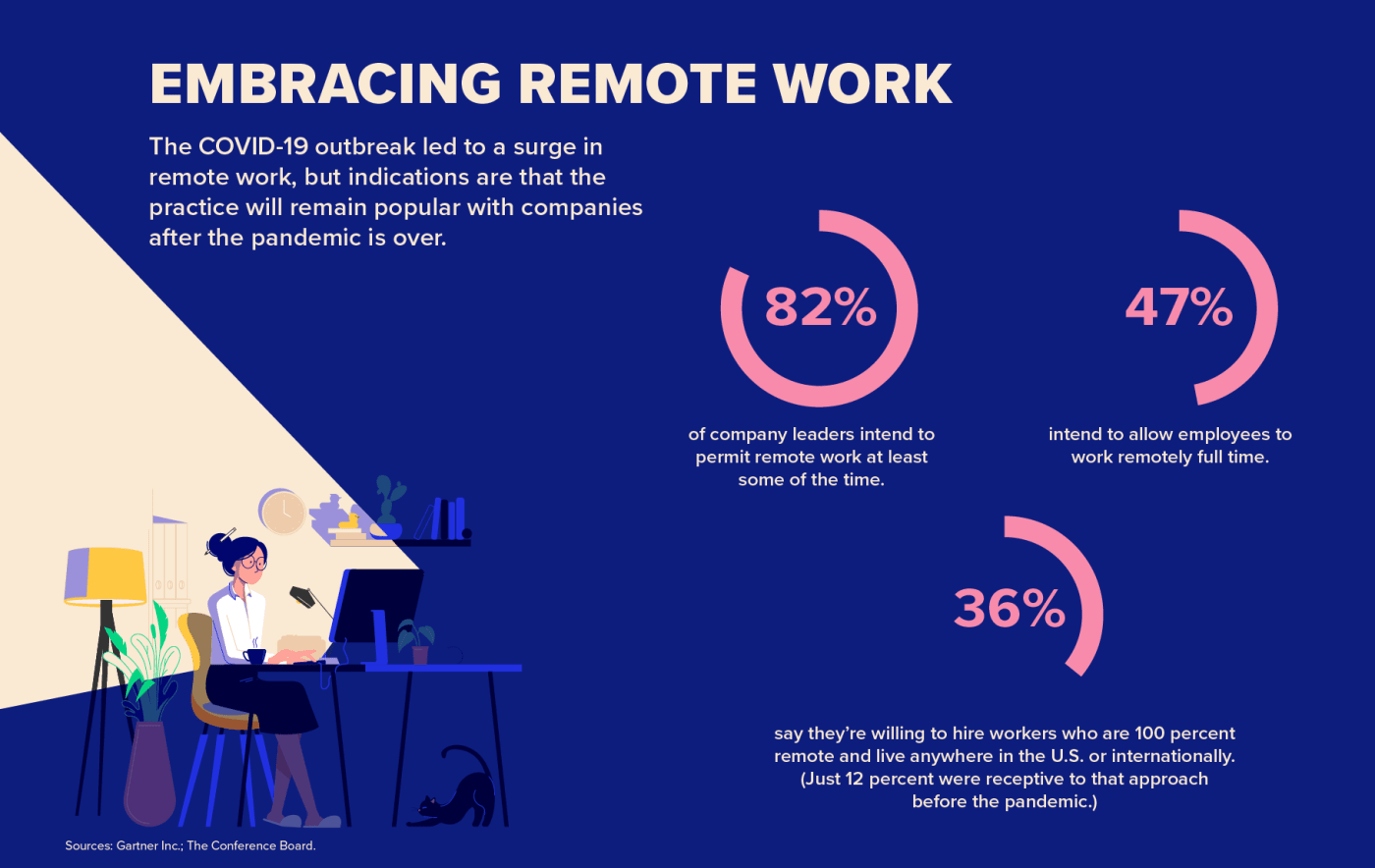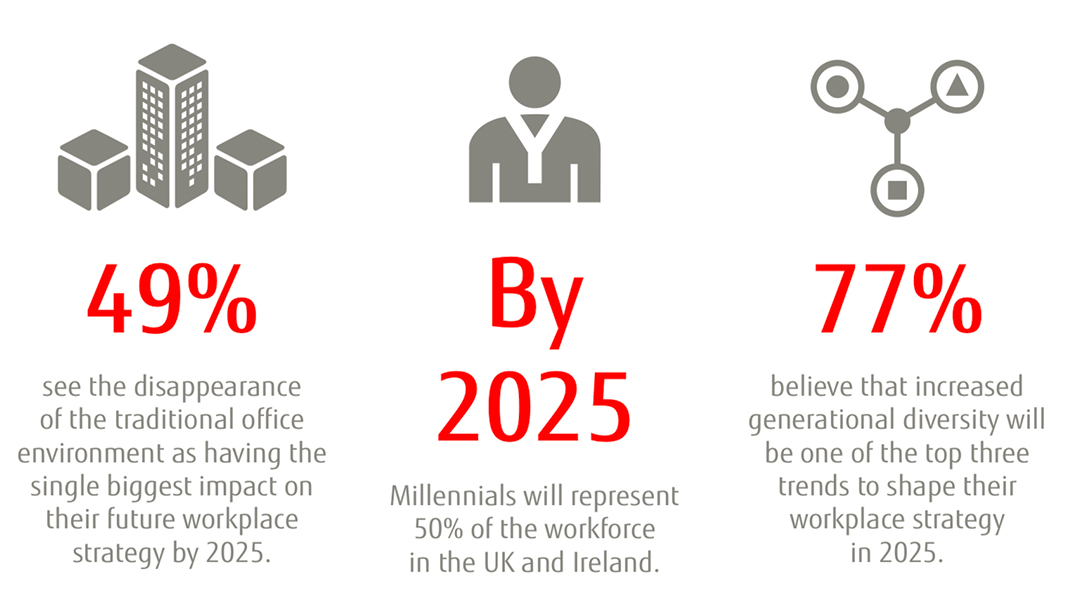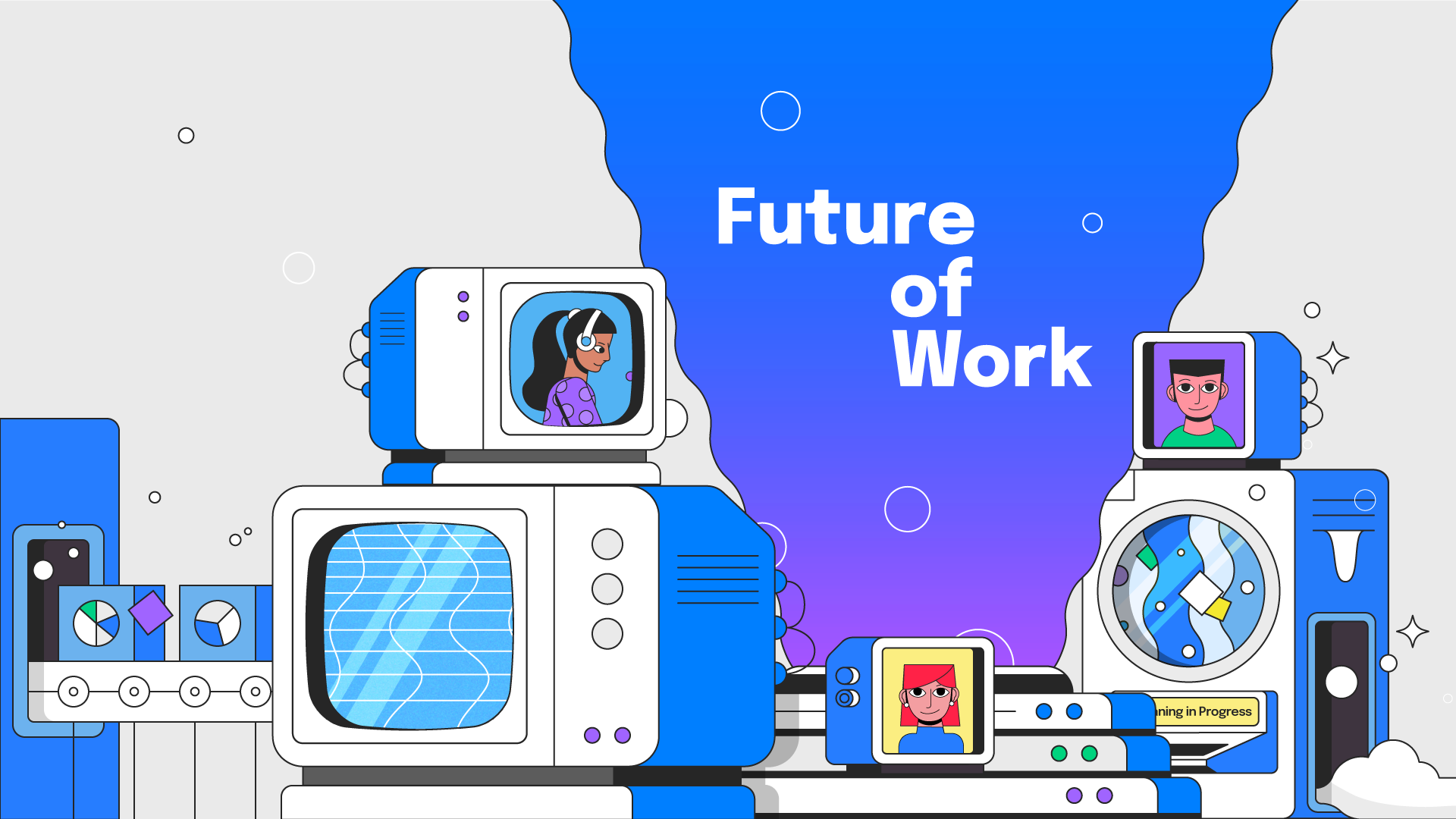Navigating The Future Of Work: A Comprehensive Look At The 2025 P&O Landscape
Navigating the Future of Work: A Comprehensive Look at the 2025 P&O Landscape
Related Articles: Navigating the Future of Work: A Comprehensive Look at the 2025 P&O Landscape
Introduction
With great pleasure, we will explore the intriguing topic related to Navigating the Future of Work: A Comprehensive Look at the 2025 P&O Landscape. Let’s weave interesting information and offer fresh perspectives to the readers.
Table of Content
Navigating the Future of Work: A Comprehensive Look at the 2025 P&O Landscape

The world of work is in a state of constant flux. Technological advancements, evolving societal expectations, and global economic shifts are all shaping the future of the workplace, demanding a proactive and strategic approach to People and Organization (P&O) practices. As we stand on the precipice of 2025, it is crucial to understand the key trends and challenges that will define the P&O landscape and equip organizations to navigate this evolving terrain successfully.
The Transformative Power of Technology
The impact of technology on the workplace is undeniable. Automation, artificial intelligence (AI), and machine learning (ML) are rapidly reshaping job roles, demanding a workforce equipped with digital literacy and adaptability. This necessitates a shift in focus from traditional skills to those that complement and enhance technological capabilities.
Key Considerations:
- Upskilling and Reskilling: Investing in training programs that equip employees with the skills needed to thrive in a technology-driven environment is paramount. This includes training in data analytics, AI, cloud computing, and cybersecurity, among others.
- Human-Machine Collaboration: Embracing a collaborative approach between humans and machines is crucial. Organizations must focus on developing strategies that leverage the strengths of both, optimizing human creativity and problem-solving alongside the efficiency and accuracy of technology.
- Ethical Considerations: As AI and automation become increasingly integrated into the workplace, ethical considerations must be at the forefront. Organizations need to develop clear guidelines and policies that ensure responsible and ethical use of these technologies, promoting transparency and fairness.
The Rise of the Gig Economy and Remote Work
The gig economy and remote work are reshaping traditional employment models, offering greater flexibility and autonomy for employees. This trend is expected to continue, presenting both opportunities and challenges for organizations.
Key Considerations:
- Managing a Distributed Workforce: Organizations need to develop effective strategies for managing remote teams, fostering collaboration and communication across geographical boundaries. This includes utilizing digital tools for communication, project management, and team building.
- Talent Acquisition and Retention: Attracting and retaining top talent in a competitive gig economy requires a shift in recruitment strategies. Organizations must offer compelling benefits, flexible working arrangements, and opportunities for professional development to attract and retain highly skilled individuals.
- Building a Culture of Trust: Building a strong culture of trust is essential for managing a remote workforce. Organizations must foster open communication, transparency, and clear expectations to ensure a productive and engaged workforce.
Diversity, Equity, and Inclusion (DE&I)
Building a diverse, equitable, and inclusive workplace is no longer a "nice to have" but a business imperative. Organizations are recognizing the importance of fostering a culture where all employees feel valued, respected, and empowered to contribute their best.
Key Considerations:
- Promoting Equity and Fairness: Implementing policies and practices that promote equal opportunities and address systemic biases is crucial. This includes reviewing recruitment processes, performance evaluations, and promotion opportunities to ensure fairness and inclusivity.
- Fostering a Culture of Belonging: Creating a workplace where all employees feel a sense of belonging is essential for attracting and retaining diverse talent. This requires fostering open communication, celebrating diversity, and actively addressing any instances of discrimination or harassment.
- Leadership Commitment: DE&I initiatives require strong leadership commitment. Leaders must champion these efforts, set clear expectations, and hold themselves and others accountable for creating a truly inclusive workplace.
Employee Well-being and Mental Health
The changing nature of work is impacting employee well-being and mental health. Organizations must prioritize employee well-being, creating a supportive and healthy work environment.
Key Considerations:
- Work-Life Balance: Supporting employees in achieving a healthy work-life balance is crucial. This includes offering flexible work arrangements, promoting time off, and encouraging employees to prioritize their well-being.
- Mental Health Support: Providing access to mental health resources and support programs is essential. This includes offering employee assistance programs (EAPs), mental health awareness training, and access to qualified mental health professionals.
- Creating a Supportive Culture: Fostering a culture of open communication, empathy, and support is essential for addressing mental health concerns. Organizations should encourage employees to seek help when needed and create a safe space for open conversations about mental health.
The Importance of Data and Analytics
Data and analytics play a crucial role in shaping P&O strategies. Organizations can leverage data to gain insights into workforce trends, employee engagement, and performance, informing their decision-making and driving continuous improvement.
Key Considerations:
- Data-Driven Decision-Making: Utilizing data to inform P&O strategies is essential. This includes analyzing employee data, performance metrics, and market trends to identify areas for improvement and make informed decisions.
- Predictive Analytics: Leveraging predictive analytics to anticipate future workforce needs, identify potential talent gaps, and develop proactive strategies is becoming increasingly important.
- Employee Feedback and Sentiment Analysis: Analyzing employee feedback and sentiment data can provide valuable insights into employee engagement, satisfaction, and areas for improvement. This data can be used to develop targeted interventions and create a more positive work environment.
FAQs
Q: How will technology impact the future of work?
A: Technology will continue to reshape the workplace, driving automation, AI, and ML integration. This will lead to the creation of new job roles, while also requiring existing employees to adapt and acquire new skills.
Q: What are the key challenges of managing a remote workforce?
A: Managing a remote workforce presents challenges related to communication, collaboration, and maintaining a strong company culture. Organizations need to develop effective strategies for remote team management, including utilizing digital tools, fostering communication, and building trust.
Q: Why is DE&I important in the workplace?
A: DE&I is crucial for fostering a culture of inclusion, attracting and retaining diverse talent, and promoting innovation. Organizations that prioritize DE&I are better positioned to succeed in a globalized and diverse marketplace.
Q: How can organizations prioritize employee well-being and mental health?
A: Organizations can prioritize employee well-being by offering flexible work arrangements, providing access to mental health resources, and fostering a supportive and open work environment.
Q: How can data and analytics be leveraged in P&O?
A: Data and analytics can be used to gain insights into workforce trends, employee engagement, and performance, informing decision-making and driving continuous improvement.
Tips
- Embrace Continuous Learning: Encourage employees to engage in continuous learning and skill development, staying abreast of emerging technologies and trends.
- Foster Innovation and Creativity: Create a workplace that encourages experimentation, risk-taking, and innovation, allowing employees to contribute their unique perspectives and ideas.
- Build Strong Relationships: Invest in building strong relationships with employees, fostering open communication, and creating a sense of community.
- Be Agile and Adaptable: Develop a flexible and adaptable approach to P&O practices, responding to changing market conditions and emerging trends.
- Prioritize Employee Experience: Focus on creating a positive and rewarding employee experience, recognizing and rewarding employee contributions, and promoting a healthy work-life balance.
Conclusion
The P&O landscape in 2025 will be shaped by a complex interplay of technological advancements, societal shifts, and evolving business needs. Organizations that proactively adapt to these changes, embracing technology, prioritizing employee well-being, and fostering a culture of diversity, equity, and inclusion will be best positioned to thrive in the future of work. By embracing a data-driven approach, fostering innovation, and prioritizing employee experience, organizations can navigate the challenges and opportunities of the evolving workplace and create a sustainable and successful future for their workforce.







![]()
Closure
Thus, we hope this article has provided valuable insights into Navigating the Future of Work: A Comprehensive Look at the 2025 P&O Landscape. We thank you for taking the time to read this article. See you in our next article!
You may also like
Recent Posts
- National Holidays In Poland: 2025
- Navigating The March 2025 School Holidays In South Africa: A Comprehensive Guide
- Exploring The World In 2025: A Glimpse Into The Future Of Travel
- The Significance And Celebration Of New Year’s Day
- Navigating The Year: A Guide To National Holidays In 2025
- A Comprehensive Guide To March 2025 Holidays In Telangana
- An Exploration Of The African Safari Experience: November 2025
- Navigating March 2025 Holidays In Canada: A Comprehensive Guide
Leave a Reply